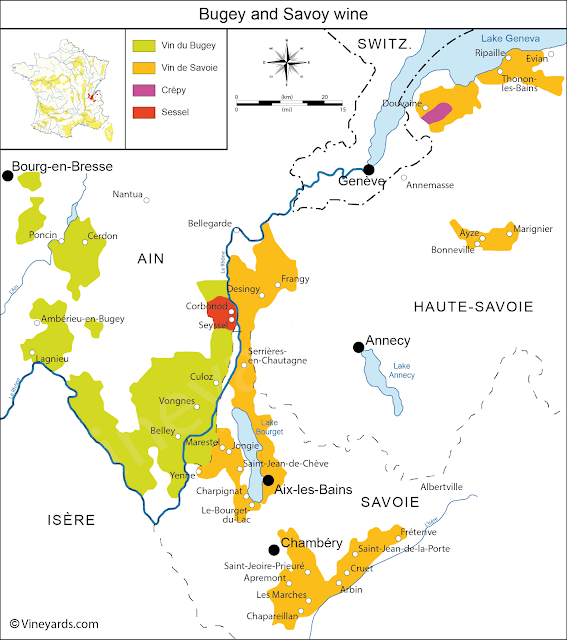Crémant de Bordeaux is the name of all sparkling wines produced in the Bordeaux region using the methode traditionelle - the same method that is used to produce Champagne. For decades, Crémant wines have been produced from places that are known for great reds and whites like Bordeaux. However, not until the mid-1970s, Crémant de Bordeaux, along with other Crémant wines, first appeared officially on commercial labels.
While Champagnes, by French laws, have to be made from Chardonnay, Pinot Noir and/or Pinot Meunier, Crémants de Bordeaux enjoy the liberty and flexibility of sourcing various local grape varieties.
The recent US Champagne tariff threat has sent French sparkler lovers like myself into a frantic mode, which I have stocked up quite a few Crémant wines and Champagnes. I have also “balanced” my French sparkler portfolio with pricey stuff, good bargains and somewhere in-between...Crémant de Bordeaux is part of this strategy for sure.
Invitation to the sparkling world of Bordeaux!
Join us the #Winophiles bloggers on Saturday, March 21st to experience the sparkling world of Bordeaux. You could write a blog post and find out our coordination on this Facebook post. We’ll have the blog posts online by March 21st prior to the Twitter chats. Or join us at the Twitter chats on March 21st at 11:00am EST/10:00am CST/8:00am PST through searching the hashtag #Winophiles on Twitter. Look forward to seeing your participation!

























